Almost 30 years after his death, François Truffaut remains a vital presence in the cinema. Terrence Malick and Wes Anderson are among maverick directors who have acknowledged their debt to him, while Noah Baumbach’s recent Frances Ha is in part an hommage à Truffaut in a way the French director would have appreciated: for example, the quick succession of scenes establishing the friendship of Frances and Sophie is borrowed from Jules et Jim (1962), Jean Constantin’s music from Les Quatre Cents Coups (1959) appears on the soundtrack, and a poster for L’Argent de poche (1976) is glimpsed on a wall...
Already a subscriber? Log in
Subscribe for just $2 a week
Try a month of The Spectator Australia absolutely free and without commitment. Not only that but – if you choose to continue – you’ll pay just $2 a week for your first year.
- Unlimited access to spectator.com.au and app
- The weekly edition on the Spectator Australia app
- Spectator podcasts and newsletters
- Full access to spectator.co.uk
Unlock this article
You might disagree with half of it, but you’ll enjoy reading all of it. Try your first month for free, then just $2 a week for the remainder of your first year.

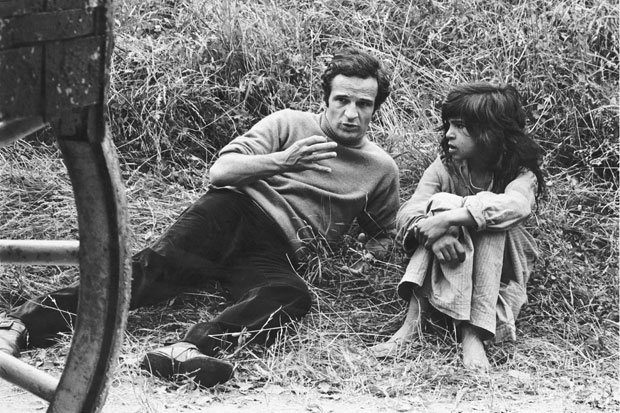
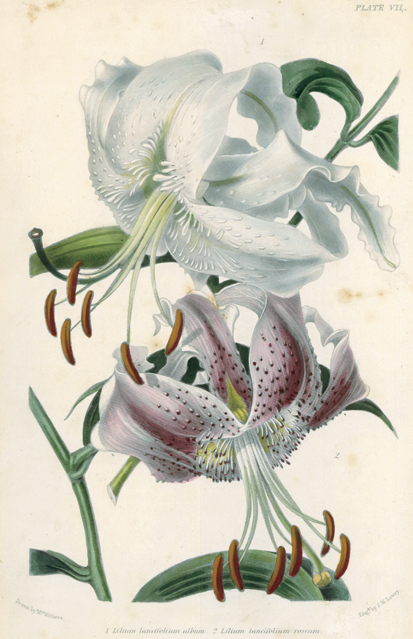
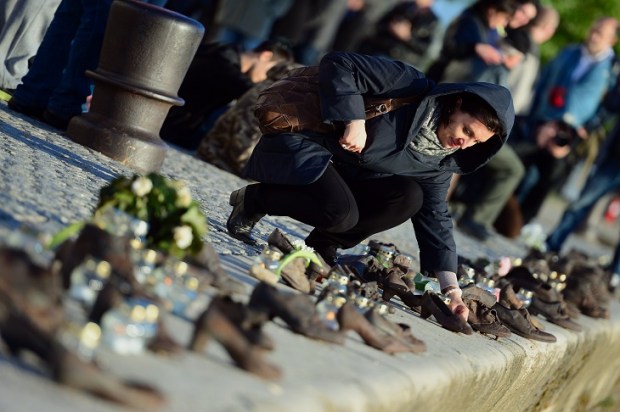
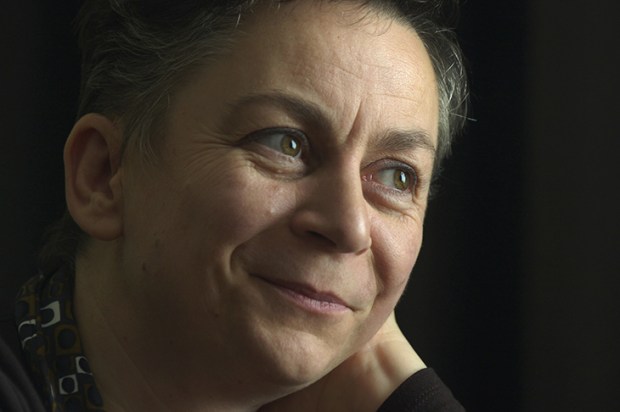
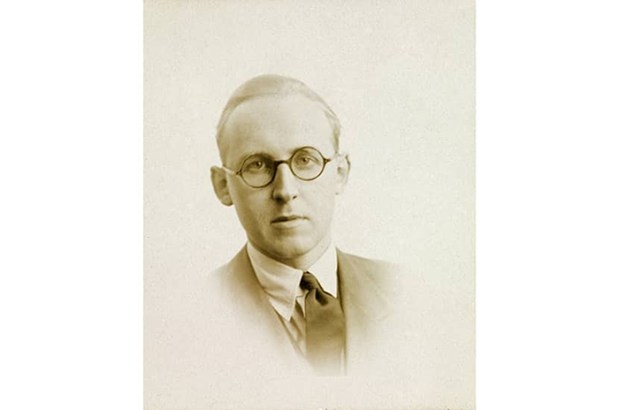
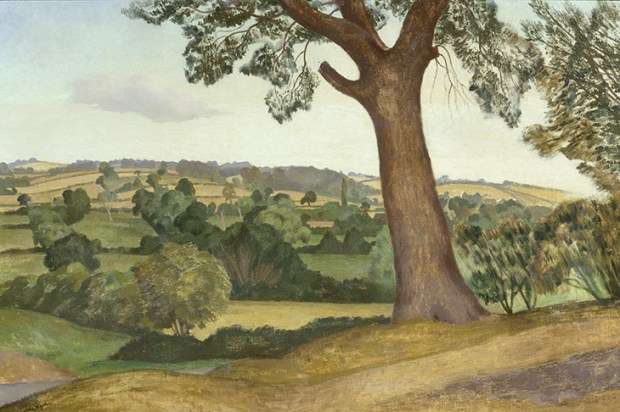
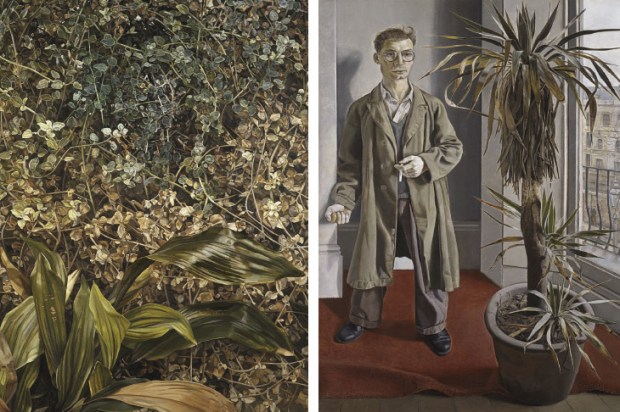






Comments
Don't miss out
Join the conversation with other Spectator Australia readers. Subscribe to leave a comment.
SUBSCRIBEAlready a subscriber? Log in